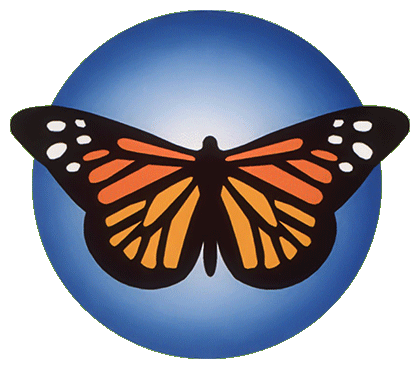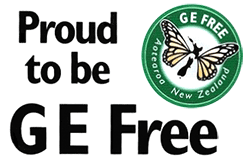The announcement by the UN that glyphosate is a likely carcinogen adds to the urgent need for New Zealand producers to keep glyphosate residues out of food. (1)
The risk to Fonterra is twofold, and demands urgent action by local and national government and industry to address the accumulation of glyphosate residues in soil, water and the natural environment. (2)
Government agencies MPI and FSANZ must start testing for glyphosate residues and prevent them entering food. It is vital to do this before our export markets start testing products and potentially reject them at the border. (3)
The first direct risk to food is through the use of imported animal feed made from GE grains that have been genetically modified to be heavily sprayed with glyphosate and other chemicals. Many variants of these GE crops have have been approved for human consumption by FSANZ, and are free to be used for dairy and poultry production without warning or labelling. Thousands of tonnes have been imported over recent years. (4)
The second channel of glyphosate contamination in food is from dessication of crops using a late spray of the popular weedkiller Roundup. This is done just prior to harvest by farmers wanting to evenly ripen the crop. Roundup's major active ingredient is glyphosate, and recent research shows there are serious health risks from the chemical adjuvants also used when the herbicide is applied commercially. (5)
Councils must also take action to protect the wider community at risk from environmental exposure to glyphosate from roadside and park maintenance.
In Auckland both glyphosate and its derivative AMPA have been found in marine sediment in the Waitemata Harbour and Hauraki Gulf. This is believed to have come largely from the spraying of urban roadside weeds.(6)
"The UN announcement that glyphosate is a likely carcinogen is a warning bell for New Zealand exporters and for Councils," says Jon Carapiet, spokesman for GE-Free NZ in food and environment.
"Better alternatives to glyphosate are known and must be adopted quickly. It's time that industry, farmers and local government stopped deluding themselves with a blind assumption that glyphosate based herbicides are safe." (7)
1) http://www.thelancet.com/journals/lanonc/article/PIIS1470-2045%2815%2970134-8/fulltext
2) http://www.panap.net/sites/default/files/pesticides-factsheet-specialrelease-glyphosate.pdf
3) http://www.foodsmart.govt.nz/elibrary/survey_glyphosate_degradation.pdf
4) http://www.scoop.co.nz/stories/PO1408/S00448/dairy-farmers-and-consumers-at-risk-from-unapproved-ge-grain.htm
5) http://www.gmoseralini.org/wp-content/uploads/2012/11/2012.-Mesnage-et-al.-Ethoxylated-adjuvants-of-glyphosate-based-herbicides-are-active-principles-of-human-cell-toxicity.pdf
6) http://www.panap.net/sites/default/files/pesticides-factsheet-specialrelease-glyphosate.pdf
7) https://weedmanagementadvisory.wordpress.com/news/wma-media-releases/
CONTACT
Jon Carapiet - National spokesman 0210507681
Claire Bleakley - President 06 3089842 / 027 348 6731 |


